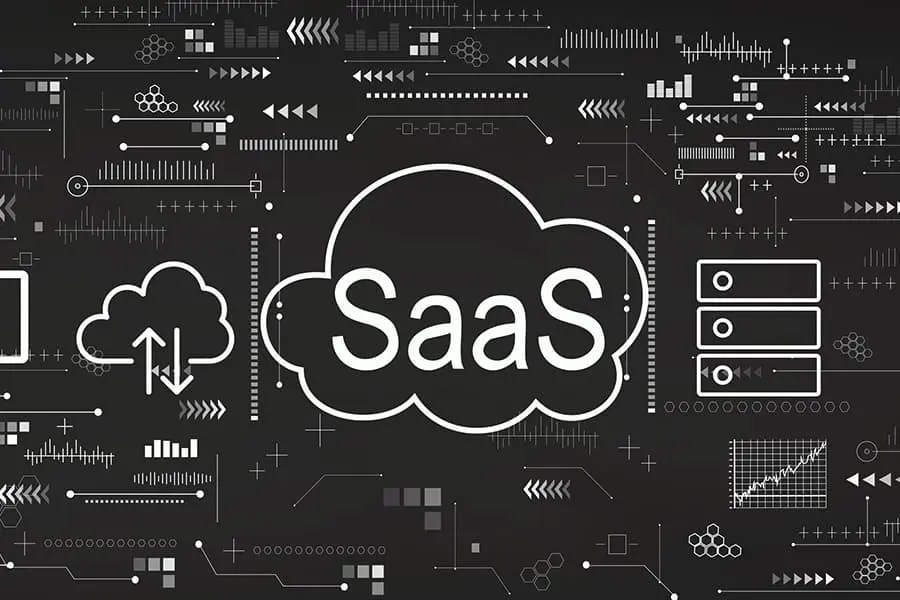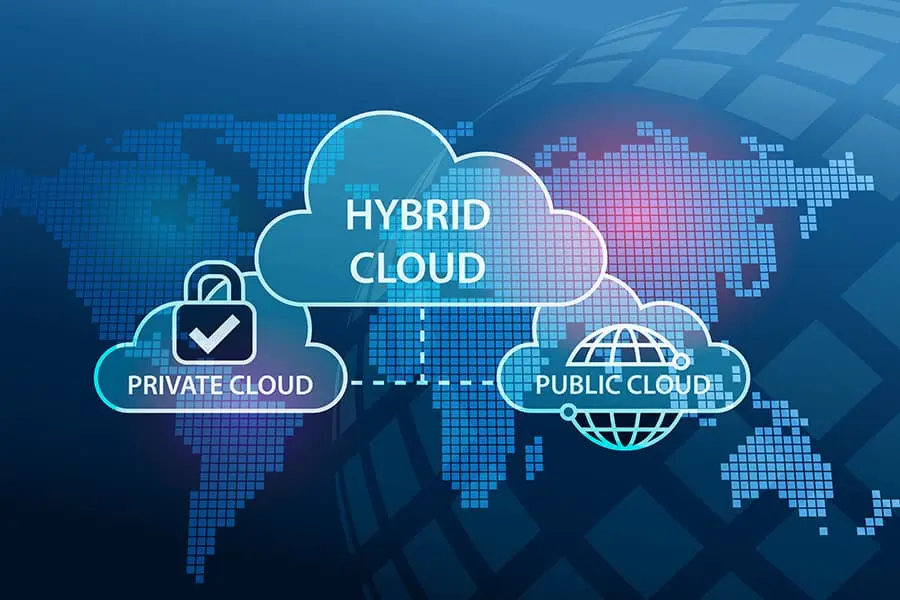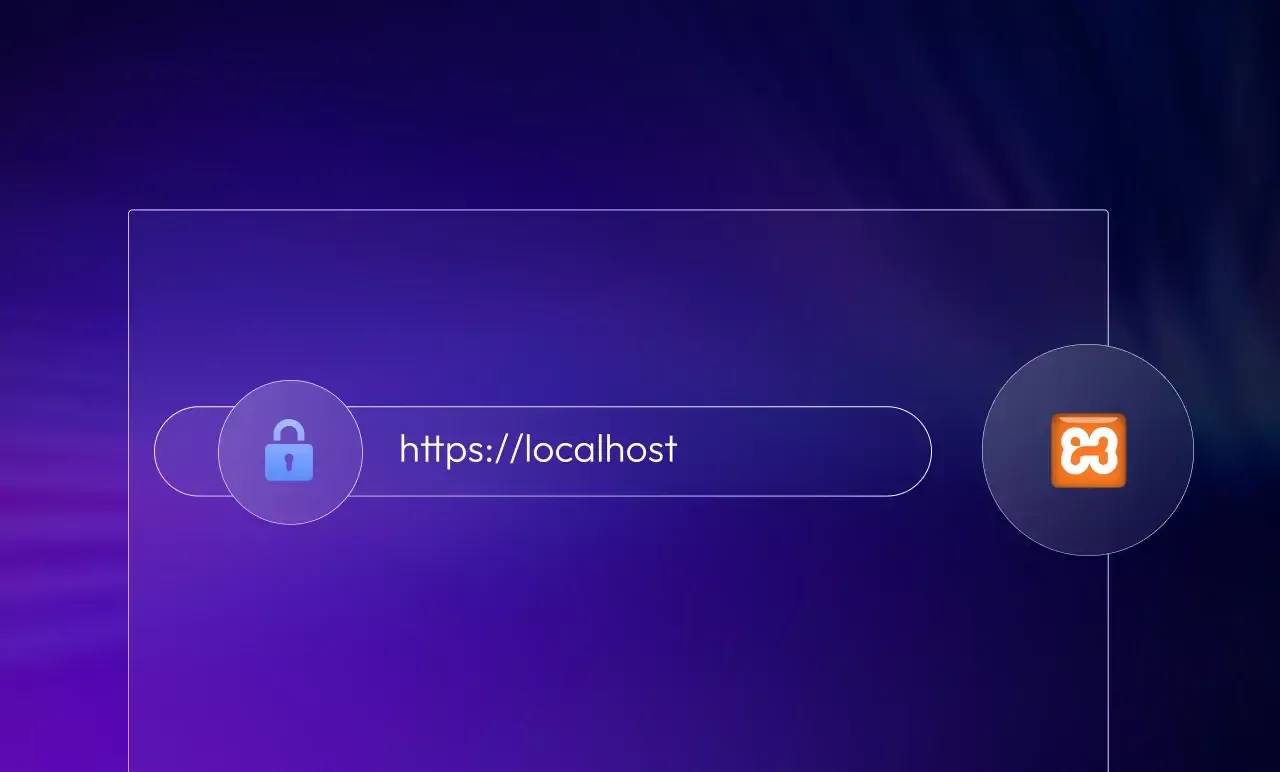How to Install SSL Certificate in XAMPP For Local Development?
Top Strategies to take your SaaS Business Towards Success in the Covid 19 World
The SaaS industry revenue has accelerated from $5.55 billion in 2008 to over $148 billion in 2020. November 2019, forecast stated that worldwide public cloud revenue would grow 17-18% across 2020. Due to ‘the scalability of the subscription-based software’ SAAS business is projected to keep flourishing over the years.

Now, due to the catastrophic spread of COVID-19, on-demand delivery, virtual work, and telemedicine have been catapulted forward. Are you a SaaS investor or an exec? Then naturally a question that always jumps to your mind is, “Will the future of SaaS change due to this crisis?” If yes, then, “what are those changes”?
Some of you would say, “SaaS and Cloud were already the FUTURE”. However according to thousands of SaaS CEOs, though most of the SaaS business has adopted the future product model, they still follow the internal practices of the past.
During the pandemic, clients are questioning the real need of your service. Now customer retention is no less important than customer acquisition. They are existential! On a positive note, cloud usage is soaring right now as the companies are turning to the cloud and facilitating technologies to fuel the shift to remote work. Within the volatile ambiance of the pandemic and amidst the questions like, “Do we really need it?” Or “What happens if we need to shut it down?” We will highlight some trends and strategies going on in SaaS currently and how they might prove beneficial to hold onto the customers, post-crisis, and beyond.
SaaS collaboration tools are in huge demand as remote working has become the ‘new normal’!
An American Multinational Tech Giant explained that there is almost an 8x rise of their daily active users during the worldwide lockdown. The collaboration platform used for video has seen a huge surge in worldwide demand. The video conferencing apps are also experiencing unprecedented growth with the quadrupling of the new users. These apps come in handy not only for businesses that implement remote work tools but also for educational institutes offering online classes, and users in quarantine turning it on for video chats with family and friends.
While there are clear concerns about the impact of coronavirus on the world economy, including in the tech sector, there is a significant spike of investment in SaaS. It not only allows mission-critical business operations but also helps facilitate a transition to the digital workplace in the post-pandemic 'new normal'.
No code and Low code SaaS Platforms have emerged for the non-technical staff as Enterprises focus on building more Software Rapidly
The enterprises are planning to adopt no-code or low-code tools as they are zeroing in on new ways to build more user-friendly software at a quick pace. Along with the developers, the non-technical staff also need to invest their time in it with the ultimate goal of bringing business. There are a large number of mid-size and small-sized businesses that are already in the midst of working out how to operate a business in the low-code platform space to win the next ‘cloud war’.
Recently, designers are turning their heads to a new website builder that allows them to create responsive websites without implementing codes. It is a SaaS platform that includes hosting. This SaaS platform provides flexibility to the users to customize anything thus proving to be a powerful solution in building websites. It also comes with a flexible CMS that allows users to manage, and define the structure and style of their content.
A spreadsheet-database hybrid platform as well as a management app gives you the functionality of a database. With powerful sorting, grouping, and filtering it gives the freedom to arrange the work in your way. With the UI of a spreadsheet, without code customization features, drag and drop file upload, this all-in-one, the simple-to-use platform is one of the best in building database-focused internal tools.
Cloud integration has become a priority to integrate applications
According to a recent survey, over 76% of large and midsize organizations will adopt a hybrid IT strategy or a multi-cloud by 2021. Because of it, they will have to deal with the challenges of decentralization. When you will optimize business processes or get real-time access to data across various systems, you will face decentralization for integrating applications. In response to this, cloud integration has been considered as a priority for solution architects.

Let’s check out different strategies to create a seamless integration between cloud-hosted and SaaS applications:
- Integration platform as a service (iPaaS)
- Integration platform software
- SaaS vendor out-of-the-box integrations
- Function platform as a service (fPaaS)
- Custom code for integration needs
SaaS vendors are offering integrations to enhance Business efficiency and provide a holistic destination
When teams have access to seamless communication, they will be better responsive to change aligned with the organization’s goals and strategy. During the lockdown, many companies use different software to operate different aspects of their business. This leads to slower communication as accessing, processing, and integrating data becomes more challenging. Eventually, business efficiency suffers from using too many SaaS applications. As a solution, SaaS vendors are now offering integration either equipping their own software or by third-party APIs with integration capabilities.
A proprietary business communication platform, Slack is now at the forefront of revamping to integrate with other vendors. Most recently they launched a new app to integrate the video and voice calling features within a tech giant team into their platform. They have also announced integration with Cisco Jabber, Zoom, Dialpad, and RingCentral. This move empowers the Slack users to dial numbers on these VoIP providers from the Slack interface.
Enabling Offline Access Due to Enterprise Mobility
Earlier, offline access was often overlooked. But in the current isolated world, and the new policy and necessity for the businesses to offer remote working options to exist in the War-like state, you never want to mess it up with disabling offline access. Will you want your clients to suffer because of your service downtime? No. Never!
However, research shows that unplanned downtime costs businesses between $1.30 and $2.6 billion every year.
As enterprise mobility is growing, you must let your customers enjoy offline access in the following ways:
- Information added offline must be stored locally. Sync them as soon as an online connection is established
- The Offline mode should be the default. When a connection is available, you can include an automated update function for syncing
- Offer an export feature that allows users to download important files in the downtime
- Even while offline, users should be able to edit or delete information
The future of SaaS is already here, it’s just not evenly distributed.
Embracing SaaS-centric practices can help your business overcome these challenges. SaaS implementation leads to customer success which implies not only sales but also means a positive interaction between your service and your customer. Earlier, a minority of SaaS companies had prioritized the future of customer-centricity. Post-pandemic, every SaaS company will embrace the future to exist in day-to-day business.
During these uncertain times, consult us to take your SaaS business into the future!
Email us or talk to us at +91-98367-81929
Email us or Talk to us at +91-98367-81929 or Simply Contact Us through the website.
Let's Connect











